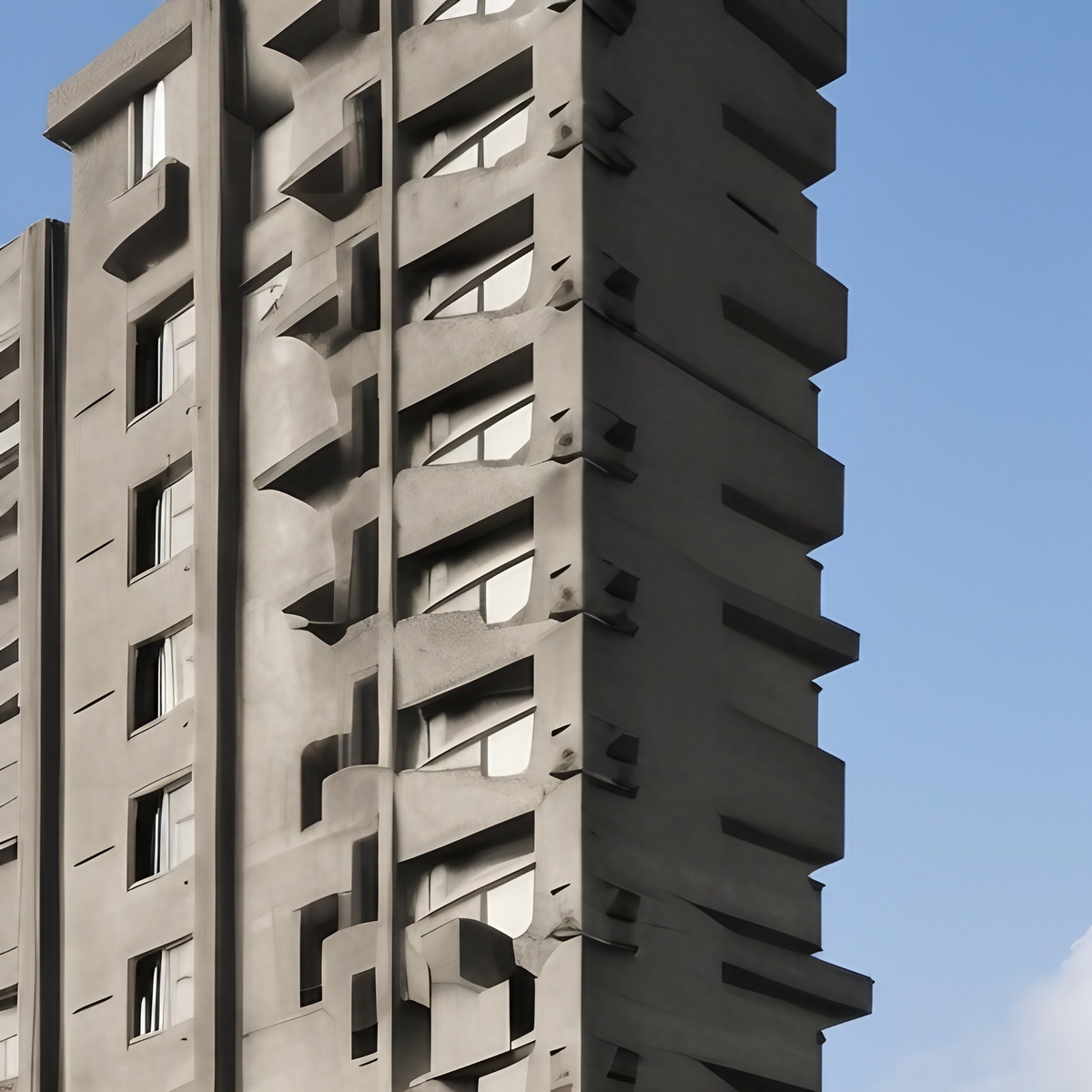Brutalist Architecture
Blog Introduction: Brutalist architecture is an architectural style that emerged in the 1950s and gained popularity in the 1960s and 1970s. It is characterized by its use of large, block-like forms, unfinished concrete surfaces, and repetitive modular elements. If you are interested in learning more about this unique style of architecture, read on!
History of Brutalism
Brutalism originated in Europe with Swiss-French architect Le Corbusier’s post-World War II designs. In his book "Toward an Architecture," he proposed using raw concrete as a building material. This idea was later embraced by architects around the world who sought to create structures that harmonized with their environment through raw materials and simple forms.
Revitalization with Eco Brutalism
Eco brutalism is a relatively new form of architecture that rose to popularity in the early 21st century. This style emphasizes sustainable components and includes features such as solar panels and recycling systems. Eco brutalist buildings tend to stand out from others due to their large, rugged shapes and use of natural materials, like wood and stone, giving the structure an earthy appearance. It is considered a more modern form of building with eco-friendly characteristics that can capture the eye in a unique way compared to traditional buildings. Eco brutalism has been embraced in urban areas, bringing attention to both its provocative design and its commitment to sustainability.
Aesthetics of Brutalism
The aesthetic of Brutalism includes bold colors, strong lines and angles, and monolithic structures made from exposed concrete. Unlike other architectural styles, there are no traditional decorative patterns or intricate details involved in Brutalism. Instead, the focus is on form over function - creating buildings that are dramatic yet utilitarian.
Functionality of Brutalism
The functionality of Brutalism is centered around its use of raw materials like exposed concrete and steel beams which are easy to construct quickly and relatively inexpensively. This makes it ideal for public housing projects or other large-scale developments where budget constraints may be an issue. Additionally, its monolithic forms can provide insulation against both extreme temperatures and sound pollution – making it an excellent choice for areas with high levels of noise or extreme climate conditions.
Brutalist architecture has been gaining popularity since its inception in the 1950s due to its bold aesthetic, affordability, and functionality. With its use of raw materials like exposed concrete and steel beams, it creates stunning structures that harmonize with their environment while also providing insulation against extreme temperatures or noise pollution – making it a great choice for areas facing these kinds of issues. Whether you’re looking for a unique design solution for your next project or just curious about what brutalist architecture looks like – you won’t be disappointed!


No comments yet